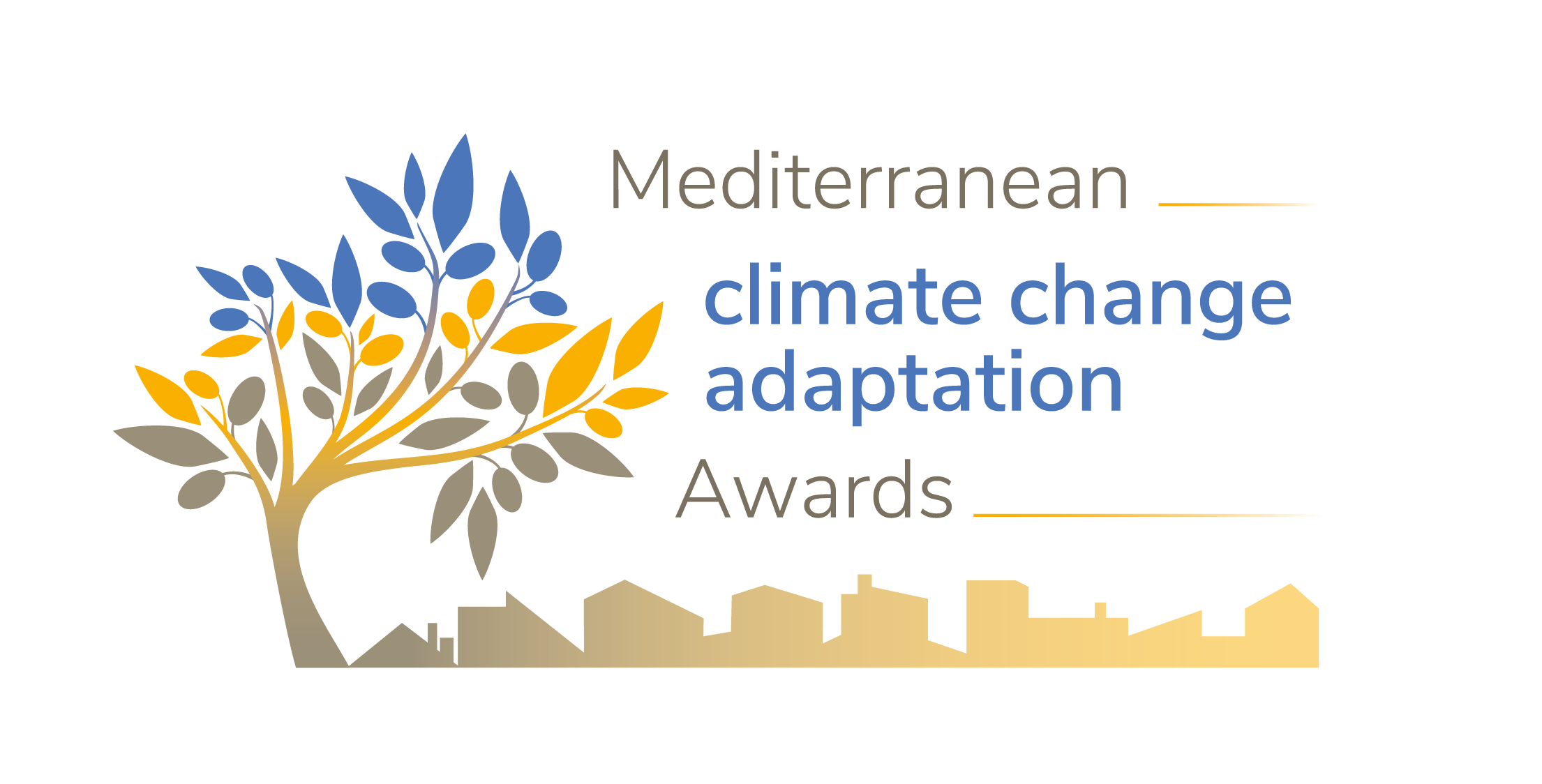Enter the Awards
How to enter the competition?
1. Download the 3 Awards’s documents
- The competition rules (Click here to download PDF – 1,5 Mo)
- The call for applications (Click here to download PDF – 1,3 Mo)
- The application file (Click here to download WORD – 855 Ko)
2. Fill in the application file (Files must be completed in English or French)
3. Upload the completed application file, (EXTENSION OF TIME LIMIT) before 10 p.m. on Tuesday April 18, 2023, (UTC-00:00) to the form below:
4. Click on “send” to validate the submission of your application (a confirmation pop-up will be appear automatically)
What are the key competition dates?
- Opening date: March
- Applications close: April 18 (before 10 p.m.)
- Meeting juries: April
- Awards ceremony: May 11
Who can enter?
This competition is aimed at:
- Companies or members of the private sector
- Local authority
- National body
- Public university
- NGO
This competition concerns the regions included within the Mediterranean bioclimatic zone, i.e. part or all of the following countries: Albania, Algeria, Bosnia-Herzegovina, Croatia, Cyprus, Egypt, France, Greece, Israel, Italy, Jordan, Lebanon, Libya, Macedonia, Malta, Montenegro, Morocco, Palestinian National Authority, Portugal, Slovenia, Spain, Syria, Tunisia, Turkey.
Which actions are admissible?
The actions must have been implemented or be in progress (projects that have not been launched will not be admissible) and present measurable outcomes in terms of adaptation to climate change.
Actions should cover buildings, equipment, infrastructure and facilities related to the construction sector. They can fall under different approaches and typologies defined by the international community[1]:.
- “Grey” solutions – For example, we can mention urban planning actions aiming to improve summer thermal comfort or rainwater management, integrated coastal zone management actions, building adaptation actions (insulation, shading solutions, natural ventilation, bioclimatic design, etc), actions aiming to reinforce the robustness of networks and infrastructures to climatic events…
- “Green” solutions – Examples include: urban cooling actions based on ecosystems (soil, water, vegetation), development actions to promote ecological continuity, actions to control the demand for drinking water or to mobilise alternative resources, greening of roofs and facades, etc.
- “Orange” solutions – For example, we can mention: research programmes, territorial observation programmes, nudge practices/changes in working hours, “cold” audits, actions aimed at training/raising awareness/commitment of actors and decision-makers in the territories, incentive and/or regulatory actions, actions aimed at integrating climate change into public policies…
[1] Adaptation actions are grouped by type in the European Commission Adaptation White Paper (SEC 2009; EEA Report no. 3/2013)
